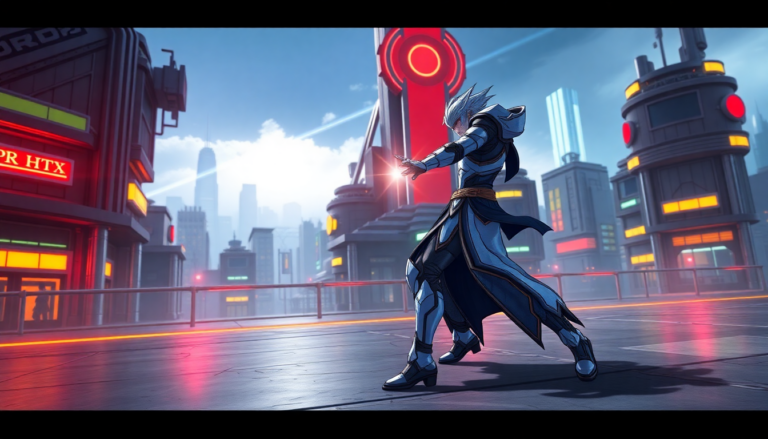Argomenti trattati
Introduction to BlazBlue: Cross Tag Battle
The BlazBlue series has made a significant mark in the fighting game community, following its predecessor, Guilty Gear. Originally launched in 2008, the series quickly gained traction, leading to numerous sequels, spin-offs, and adaptations in various media. However, in 2017, the announcement of BlazBlue: Cross Tag Battle raised eyebrows. Instead of being a straightforward sequel, it introduced a unique crossover format, blending characters from multiple franchises, including Persona and RWBY. The game finally made its debut in 2018, and since then, it has evolved into a comprehensive fighting experience.
Gameplay mechanics and accessibility
One of the standout features of BlazBlue: Cross Tag Battle is its accessibility. Unlike traditional fighting games that require mastery of complex combos and strategies, this title embraces a more simplified control scheme. This approach allows players to execute auto-combos with minimal button presses, catering to both newcomers and seasoned players. The game encourages experimentation with its tag-team mechanics, where players select two characters to battle alongside each other. This opens up a world of possibilities, enabling players to create dynamic combinations and strategies.
Character selection and variety
With a roster of 53 playable characters, Cross Tag Battle offers a diverse selection drawn from various franchises. Each character brings a distinct playstyle, ensuring that battles remain fresh and engaging. This extensive variety allows players to discover their preferred fighters while also challenging them to adapt and learn against different opponents. The intertwining narratives of these characters, although not the main focus, add a layer of enjoyment as they interact in the game’s unique storyline.
The story mode: A mixed bag
While Cross Tag Battle features a storyline, it diverges from the narrative depth typically associated with the BlazBlue series. Instead of a comprehensive tale, players are presented with a “what-if” scenario where characters find themselves in the Phantom Field, each vying to protect their Keystone Fragment. The narrative, while entertaining, feels rushed and lacks the complexity fans may expect. Each character’s journey is relatively brief, and while there are multiple endings, the overall experience may leave some players wanting more.
Visuals and sound design
Visually, Cross Tag Battle is vibrant and engaging, capturing the essence of its diverse character roster. The animations are smooth, providing an enjoyable aesthetic that complements the fast-paced gameplay. Additionally, the soundtrack features a mix of catchy tunes that enhance the gaming experience. The combination of striking visuals and an energetic soundtrack makes each battle feel exhilarating.
Online play and community
In today’s gaming landscape, online play is a crucial aspect, and BlazBlue: Cross Tag Battle does not disappoint. Equipped with Rollback Netcode, players can enjoy smooth online matches, minimizing lag and enhancing competitiveness. The game encourages a thriving community where players can share strategies, compete in tournaments, and engage in friendly battles. This aspect keeps the game alive long after its initial release, fostering a sense of camaraderie among fans.
Final thoughts on BlazBlue: Cross Tag Battle
In summary, BlazBlue: Cross Tag Battle stands out as an exciting addition to the fighting game genre. While it may not fully capture the depth of previous BlazBlue titles, its accessibility, diverse character selection, and engaging mechanics make it a worthwhile experience. Whether you’re a long-time fan of the series or a newcomer exploring the world of fighting games, Cross Tag Battle offers a fun and dynamic gameplay experience that shouldn’t be missed. However, it’s essential to approach it with the understanding that it serves as a different kind of entry in the BlazBlue universe.

